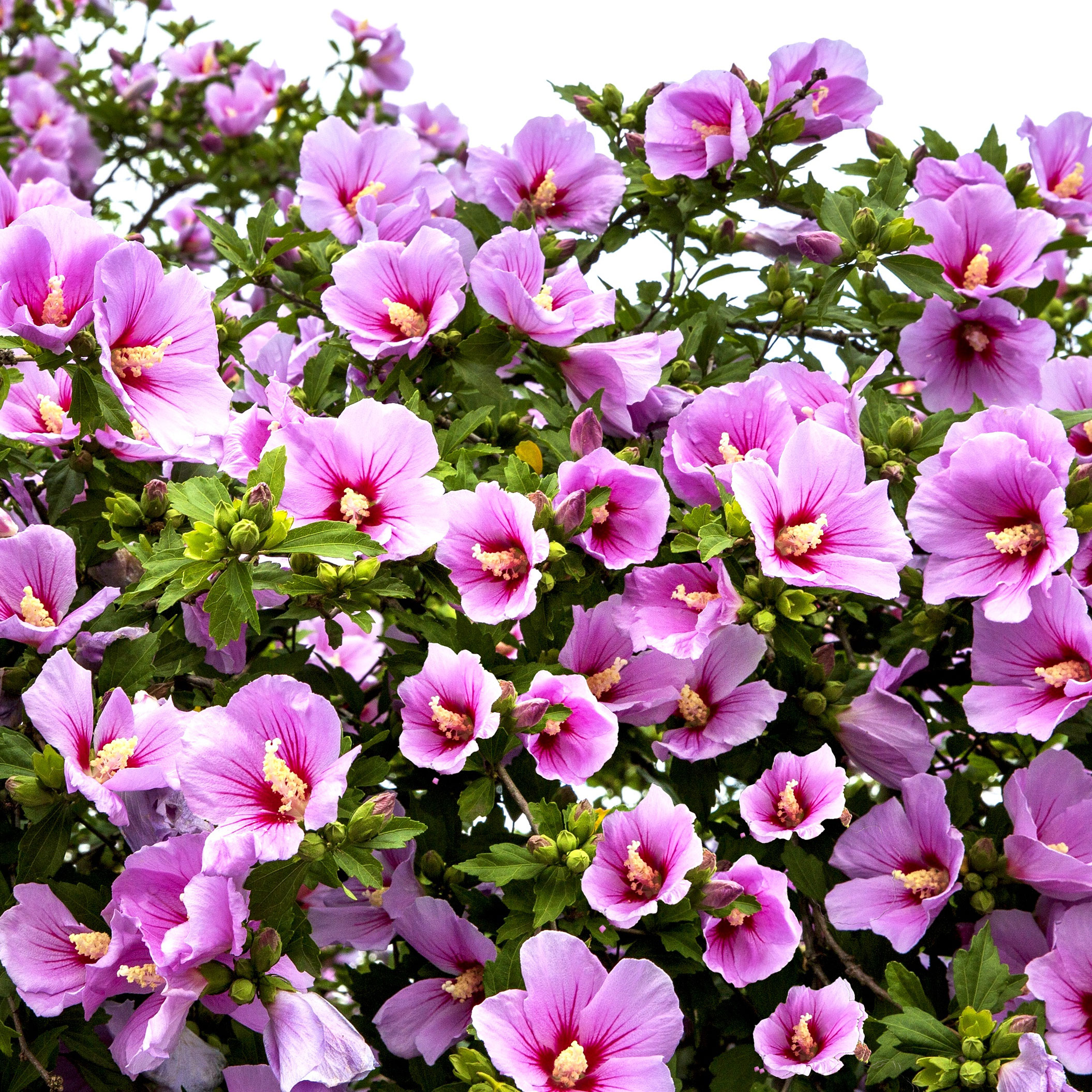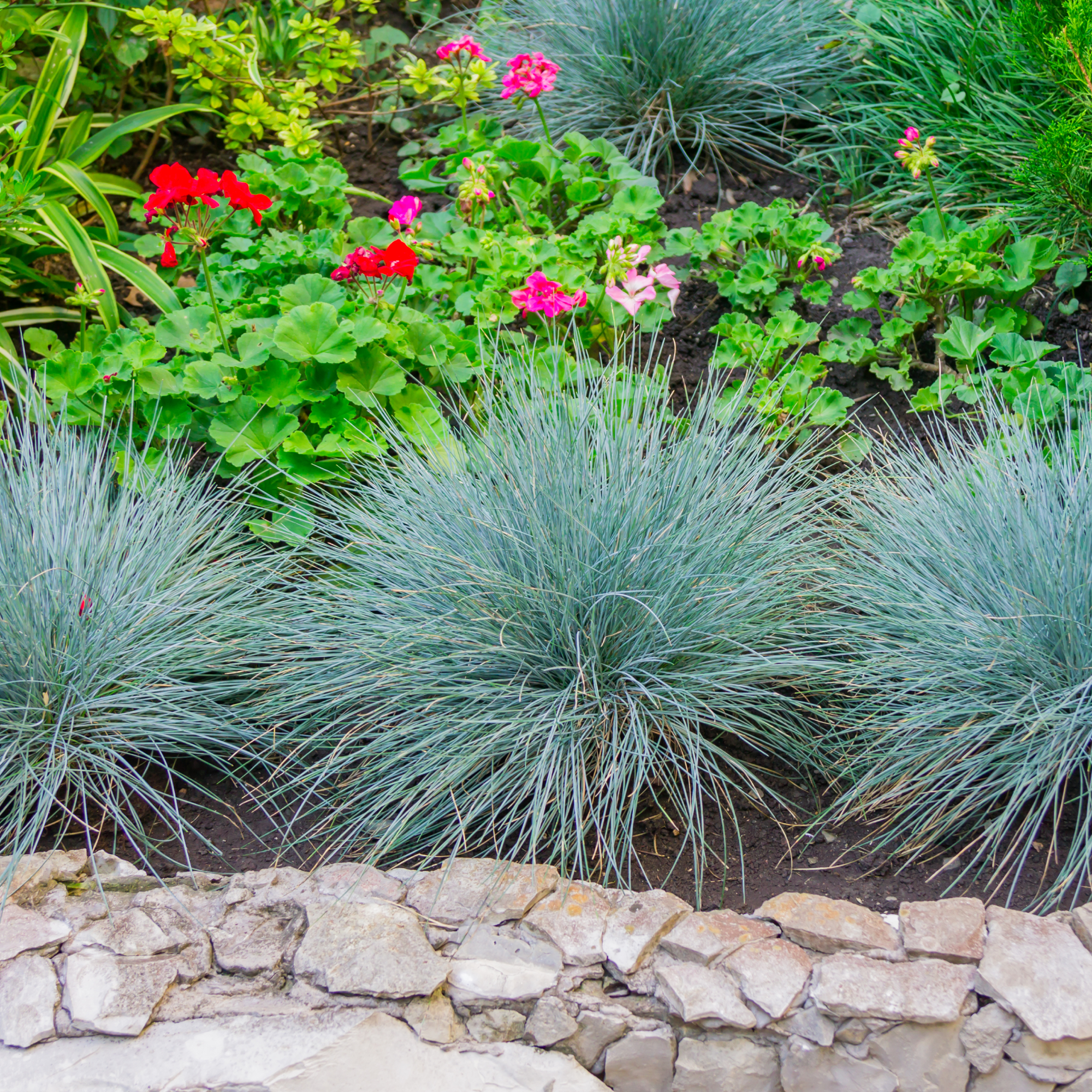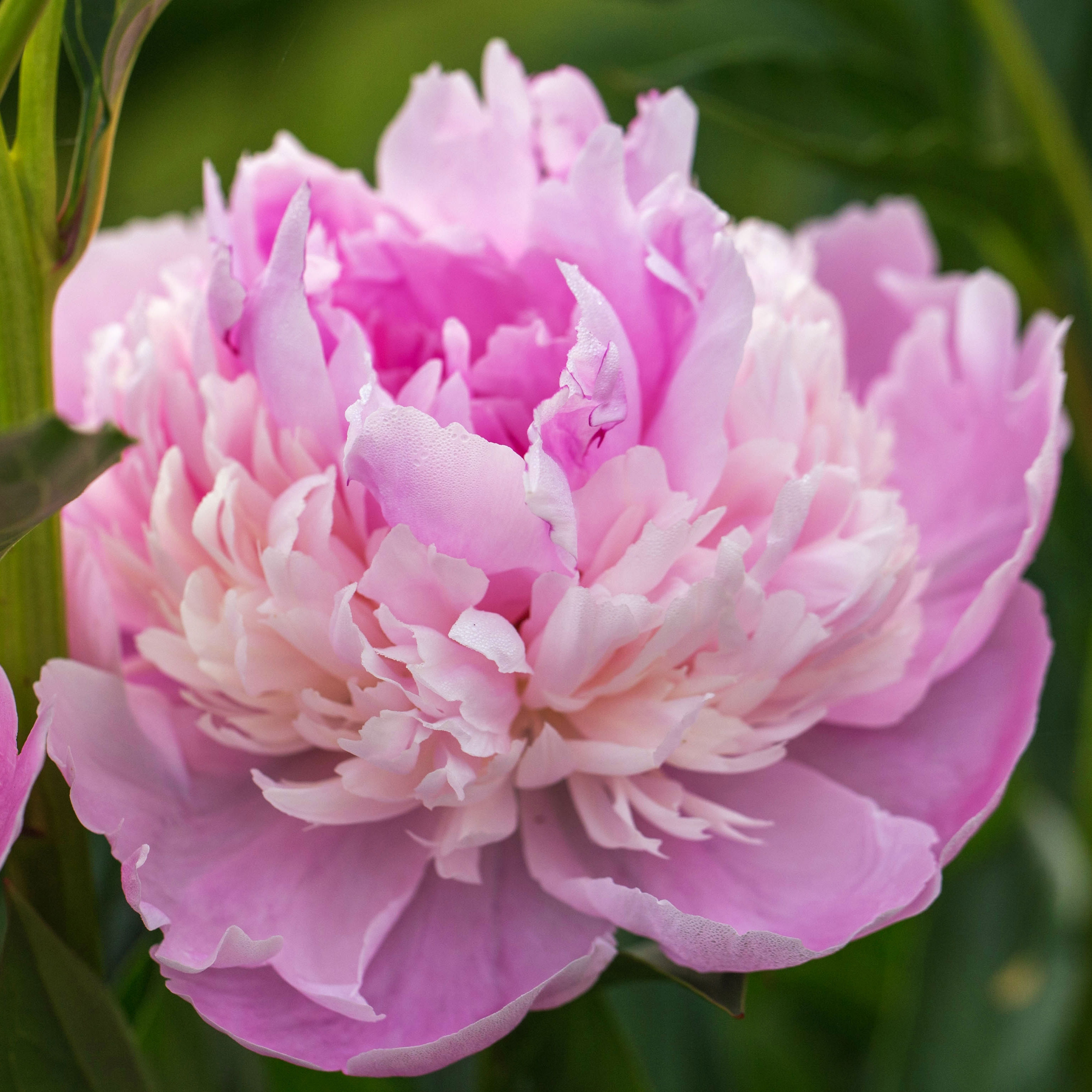6 Tips For Peony Care In Spring – How To Give Your Peonies A Head Start This Spring
With some simple peony care in spring, you can give plants a head start on the growing season. Here's what you need to do to make sure peonies are good to grow.


Darcy Larum
Peony care in spring is pretty straight forward, but necessary to prepare plants for the big blooming season ahead. If you’re like me, one of the things you look forward to most is brushing aside winter mulch and debris to see which plants are poking through the soil. And in many locations, the red shoots of peony plants are one of the earliest signs of spring. We'll cover everything you need to do for peonies in spring once you see those first sprouts peeking out of the earth.
How to Care for Peonies in Spring
There are several major tasks you need to tackle when caring for peonies in spring to ensure you get plenty of beautiful blooms later in the season. Let's take a look at the to-do items peony lovers need to add to their spring garden checklist:
1. Clean Up Beds
In cooler climates, peonies are often protected from the cold winter by a thick heap of mulch. The first step of spring maintenance requirements for peony plants is clearing away any mulch or debris around peony shoots to allow them to soak up much needed sunlight.
This is also a great time to weed around peony plants. Often in spring, weeds come in before ornamental plants and peonies can struggle to compete with weeds. Hand weed the area first and never spray herbicides near peony plant crowns or root zones.
If you need extra help, try laying down a few layers of newspaper for weed control before mulching. You can even put newspaper right over the weeds, if they are still small. The paper creates a barrier that blocks weeds from growing through the mulch. Plus, it saves a lot of time and energy weeding. As the season progresses, the newspaper composts back into the soil.
2. Fertilize
Melting snow and spring rains can leach valuable nutrients from the soil. So figuring out how to fertilize peonies is a necessary step in the spring care process.

Experts recommend a 5-10-10 or 10-20-20 low nitrogen fertilizer to encourage strong roots and exquisite blooms. Liquid fertilizers are best for peonies as they don't like their roots disturbed.
Gardening tips, videos, info and more delivered right to your inbox!
Sign up for the Gardening Know How newsletter today and receive a free copy of our e-book "How to Grow Delicious Tomatoes".
However, you should never spray fertilizer on or too close to the crown of peony plants, as this can cause fertilizer burn and crown rot. For the best results, mix a slow-release fertilizer into the soil 6 to 18 inches (15-46 cm) around the crown of the plant.
If soil has eroded from around your peonies, you can add organic material like homemade compost or composted cow manure around the base of the plant. Just make sure not to pile it too deep or else you risk peonies not blooming.
3. Add Supports
Caring for peonies in spring also includes prepping them for growth. Since peonies often flop over, especially following a late season snow, many gardeners use stakes or cages to prop up plants.

In early spring, when the plants are still small, place supports around peony sprouts. It's much easier to add supports, like peony rings or tomato cages, now than when peonies are already big and falling over. Adding structure early means plants can simply grow through the supports. Then you can just leave them until fall when it's time for pruning peonies.
4. Prevent Diseases
Though usually problem-free, peonies are susceptible to a fungal disease known as botrytis blight. Fungal spores can overwinter at the base of plants or amongst garden debris. When temperatures and humidity rise in spring, fungus spreads and grows.
To prevent botrytis on peonies, you should remove any diseased foliage from the previous year (if you didn't already remove it in fall) and make sure that mulch doesn't touch peony stems. This can lead to disease later in the season.
It's also a good idea to keep pets and young children away from the delicate young shoots of peony plants in spring. Shoots break easily which can lead to pests, diseases, and even the death of the whole plant.
5. Disbud for Bigger Blooms
For extra-large blooms, disbud your peonies. What is disbudding? It's the process of removing smaller buds in order to send all the energy to the main buds so they produce larger, better-formed flowers.

To disbud peonies in spring, just pinch off the small side buds with your thumb and forefinger, leaving the terminal bud to grow into an even bigger and more magnificent bloom.
6. Plant Potted Peonies
If you're interested in expanding your peony collection, spring is a great time to do so. Whereas planting bare root peonies is a task better left for the fall peony care checklist, planting potted peonies in spring is fine.
Be sure not to plant peonies too deep, though. Don't bury the eye of the tuber lower than 2 inches (5 cm) below ground level, or else your new peonies may not bloom.
After planting, water peonies well to help them adjust to their new home. It can take a few years for new peonies to bloom, but potted transplants typically bloom much sooner than bare root plants. Just be patient. Caring for peonies in spring as well as all year long will help new plants get off to strong start.

Laura Walters is a Content Editor who joined Gardening Know How in 2021. With a BFA in Electronic Media from the University of Cincinnati, a certificate in Writing for Television from UCLA, and a background in documentary filmmaking and local news, Laura loves providing gardeners with all the know how they need to succeed, in an easy and entertaining format. Laura lives in Southwest Ohio, where she's been gardening for ten years, and she spends her summers on a lake in Northern Michigan. It’s hard to leave her perennial garden at home, but she has a rustic (aka overcrowded) vegetable patch on a piece of land up north. She never thought when she was growing vegetables in her college dorm room, that one day she would get paid to read and write about her favorite hobby.
-
 Best Climbing Roses For Every Garden: 12 Stunning Varieties For Pergolas, Arches & Walls
Best Climbing Roses For Every Garden: 12 Stunning Varieties For Pergolas, Arches & WallsDiscover the best climbing roses to plant in your garden to ensure a long summer of glorious blooms.
-
 Go Big With Containers In Small Spaces! 5 Easy Hacks For Big Garden Pots In Small Gardens
Go Big With Containers In Small Spaces! 5 Easy Hacks For Big Garden Pots In Small GardensThe temptation with small gardens and patios is to make containers and planting ideas small – but we say go big! Try these practical hacks for beautiful big garden pots in small gardens
-
 How To Keep Dahlias Flowering For Longer – Start Now With These Pro Tips For A Bloom-Filled Summer & Fall
How To Keep Dahlias Flowering For Longer – Start Now With These Pro Tips For A Bloom-Filled Summer & FallThey are some of the most popular, diverse and dynamic summer flowers you can grow – so here’s how to keep dahlias flowering for as long as you possibly can for a joyful extended season of blooms
-
 Do Deer Eat Hydrangeas? How To Keep Beloved Shrubs Safe From Greedy Grazers
Do Deer Eat Hydrangeas? How To Keep Beloved Shrubs Safe From Greedy GrazersDo deer like hydrangeas? Everything you need to now about deer and hydrangeas, including the best types to plant if you have deer in your area.
-
 8 Flowering Shrubs That Bloom All Summer – To Vamp Up Borders & Sweeten Your Curb Appeal
8 Flowering Shrubs That Bloom All Summer – To Vamp Up Borders & Sweeten Your Curb AppealLooking for the longest blooming bushes for your borders, pathways and lawn edgings? You'll love these 8 flowering shrubs that bloom all summer long
-
 6 Blue Ornamental Grasses That Will Wow Your Neighbors And Add A Unique Touch To Your Landscape
6 Blue Ornamental Grasses That Will Wow Your Neighbors And Add A Unique Touch To Your LandscapeChoosing a blue ornamental grass can dress up borders and yards with striking color that changes with the seasons.
-
 How To Grow A Sorbet Peony For Fluffy Pink Double Blooms With Unique Frills
How To Grow A Sorbet Peony For Fluffy Pink Double Blooms With Unique FrillsFor pink peonies with a unique edge, the Sorbet peony is a super-frilly bloomer with marshmallow and cream colored petals. Here’s how to grow this dynamic cultivar
-
 Grow Vanilla Strawberry Hydrangea Shrubs: Try Vanille Fraise Hydrangeas For Sweet Blooms Every Summer
Grow Vanilla Strawberry Hydrangea Shrubs: Try Vanille Fraise Hydrangeas For Sweet Blooms Every SummerFor a dreamy shrub that brings soft color variations and long lasting visual interest, grow a Vanilla Strawberry hydrangea. Here’s how to care for Vanille Fraise shrubs
-
 Coral Sunset Peony: Your Complete Guide To This Beautiful Color-Changing Hybrid
Coral Sunset Peony: Your Complete Guide To This Beautiful Color-Changing HybridThe coral sunset peony is a gorgeous addition to any garden. This beauty has double blooms that undergo an amazing color change as they age.
-
 How To Grow Panicle Hydrangeas For Gorgeous, Low-Maintenance Blooms All Summer Long – Plus, Top Cultivars To Try
How To Grow Panicle Hydrangeas For Gorgeous, Low-Maintenance Blooms All Summer Long – Plus, Top Cultivars To TryPanicle hydrangeas are the ultimate low-maintenance shrubs! These beauties bloom all summer and all it takes is a little care. Here's how to help them thrive.